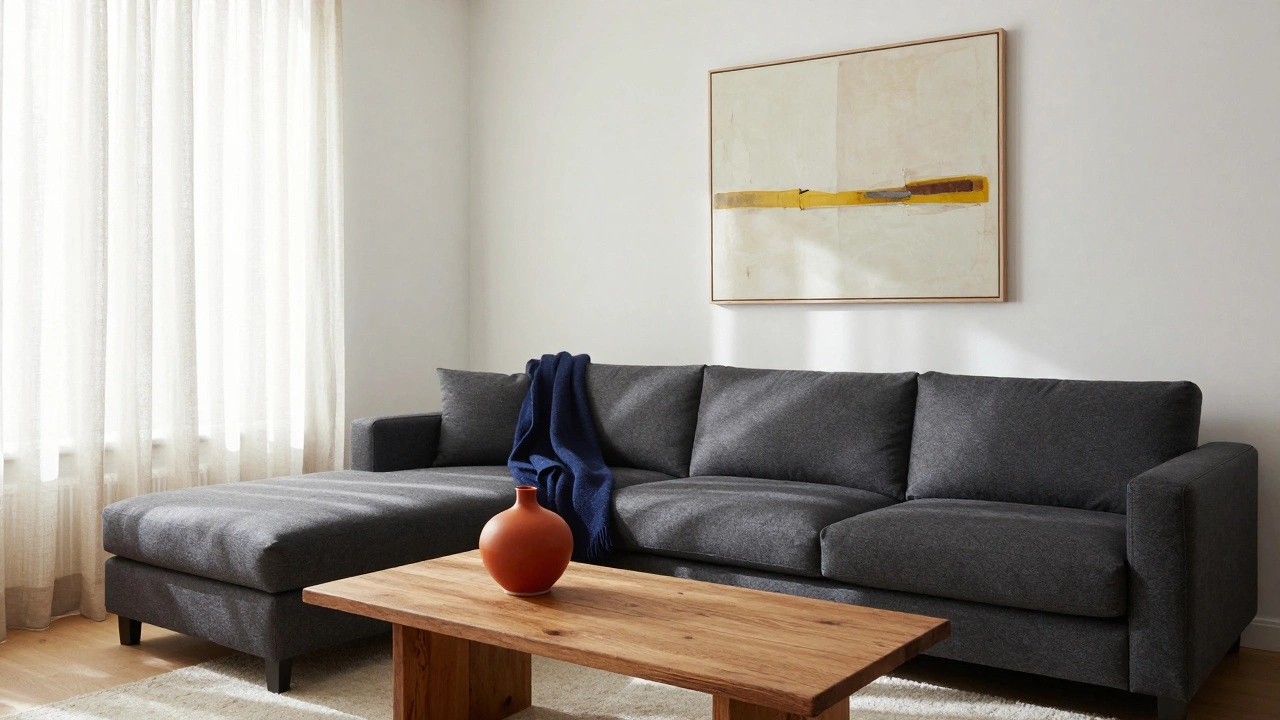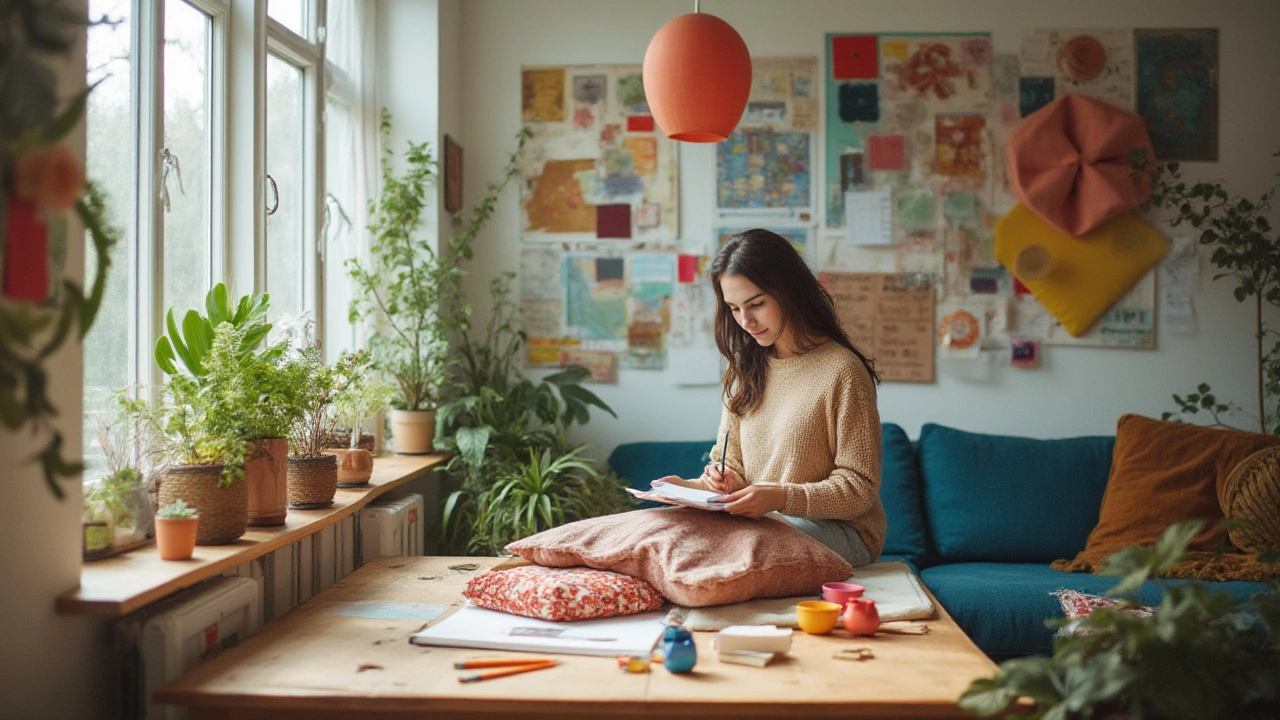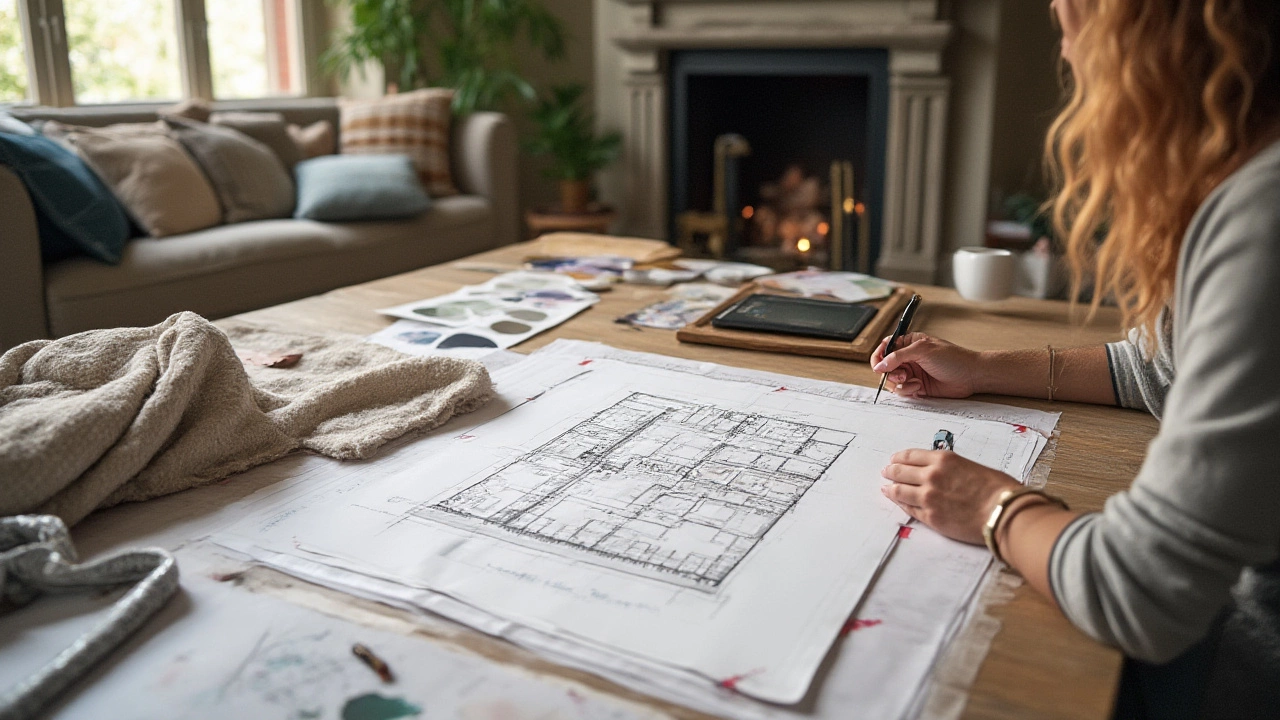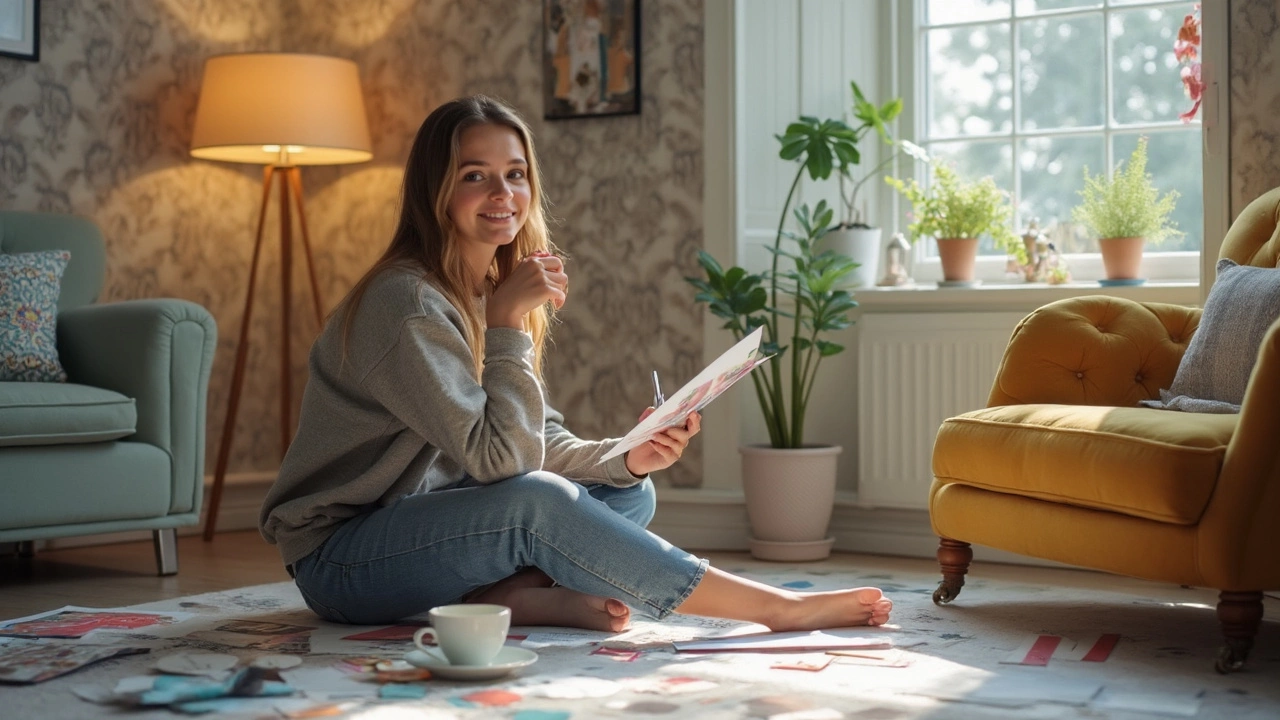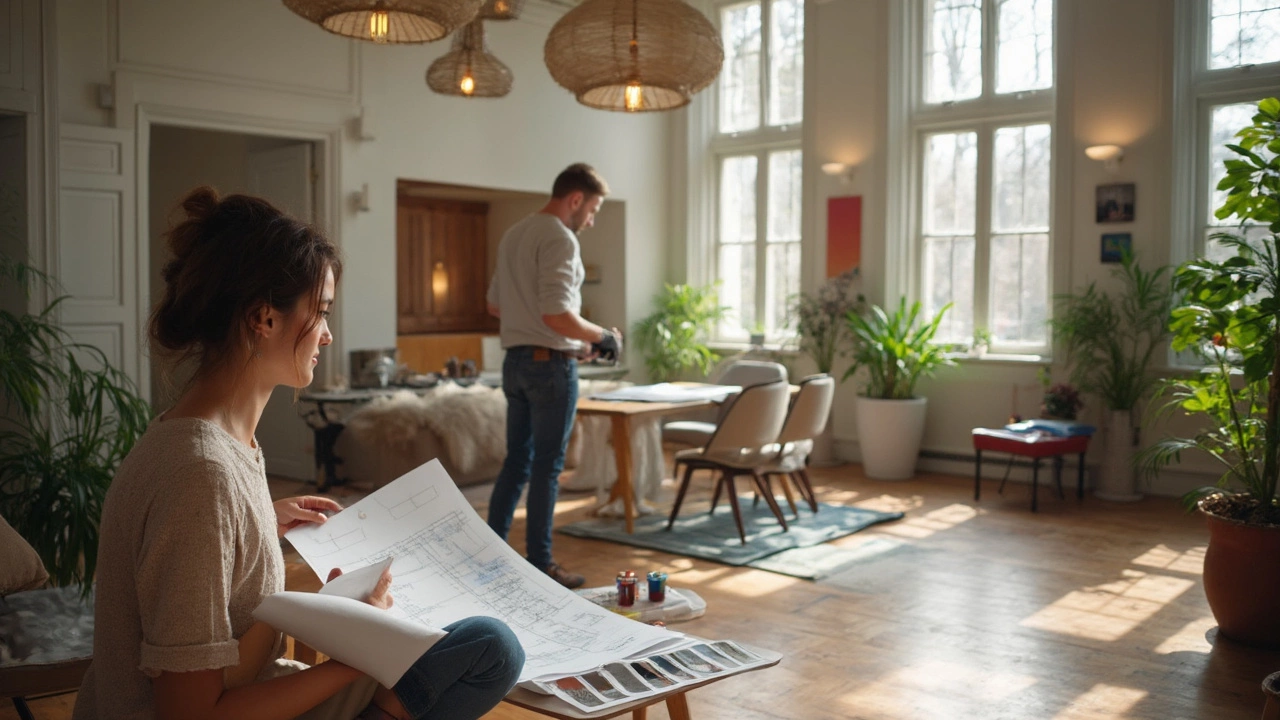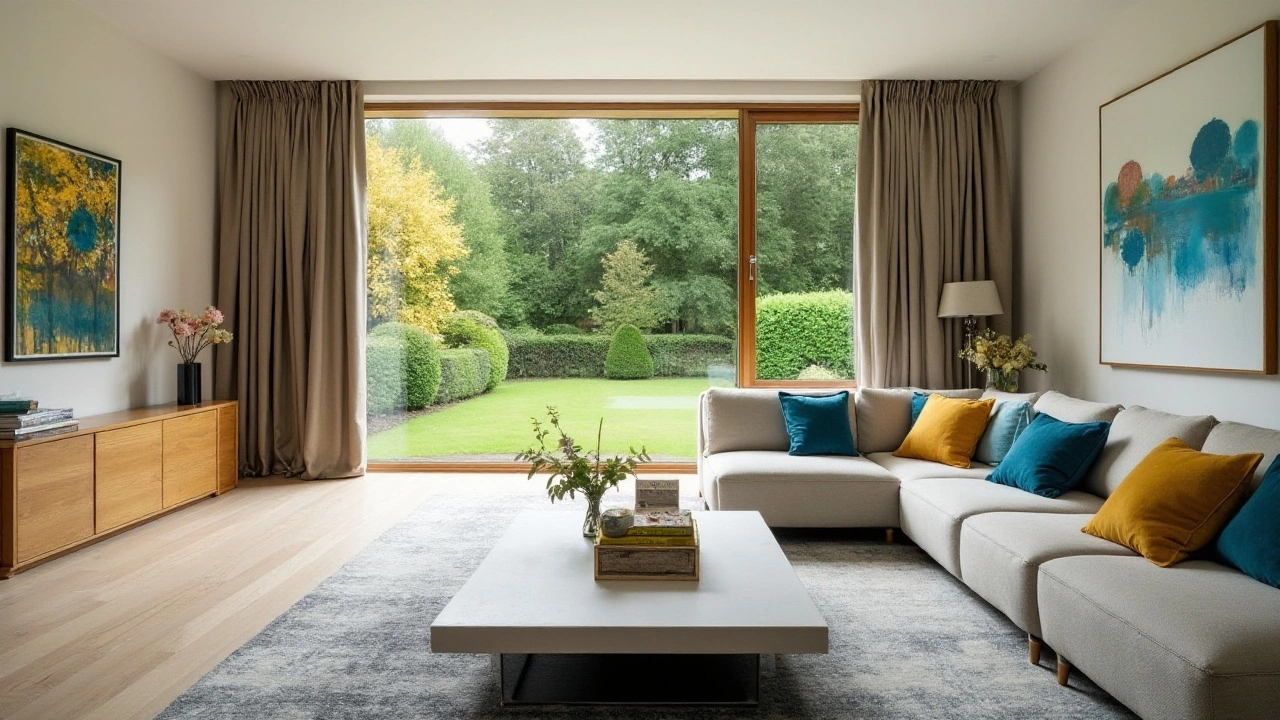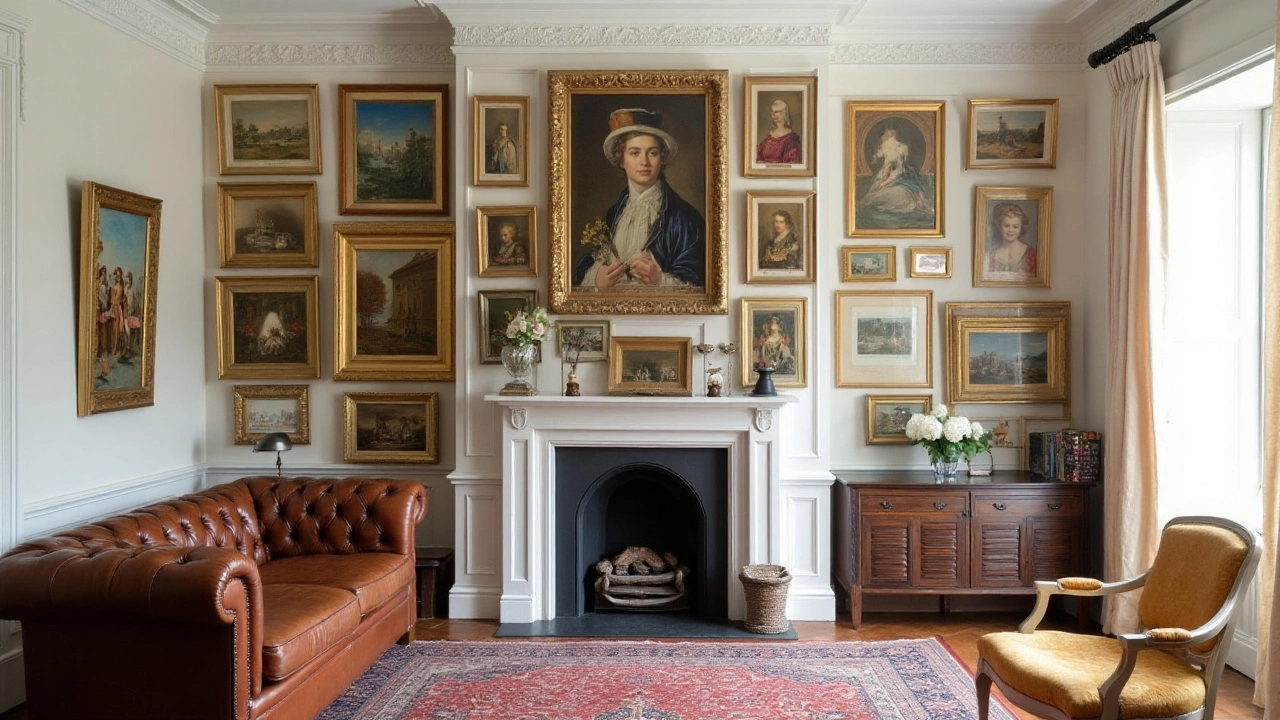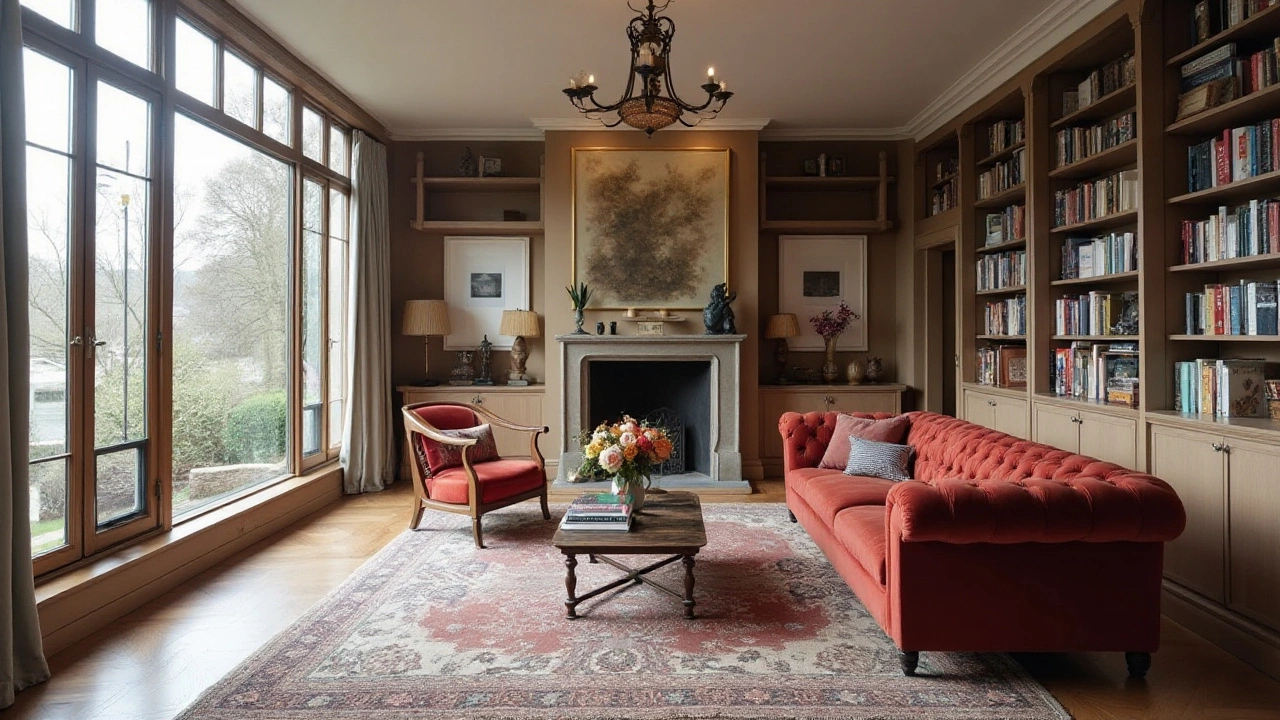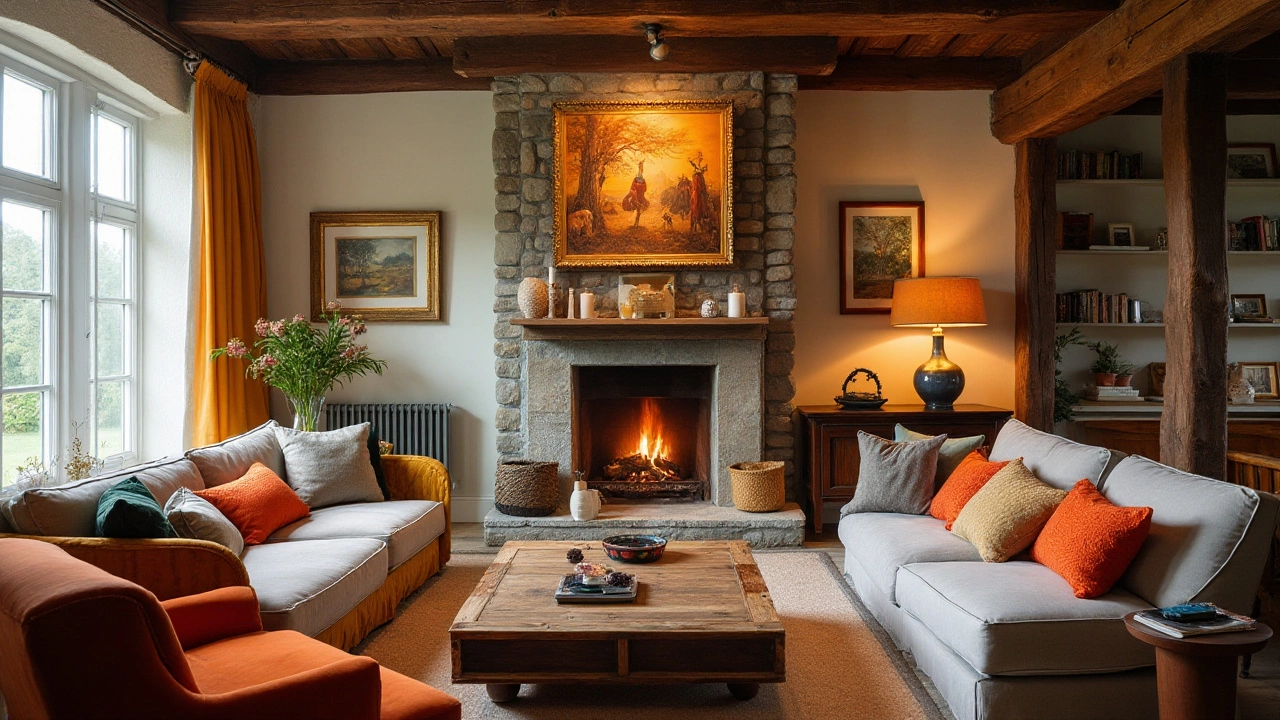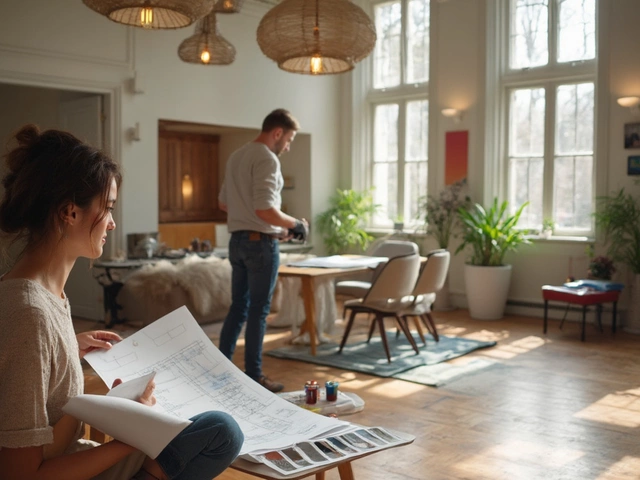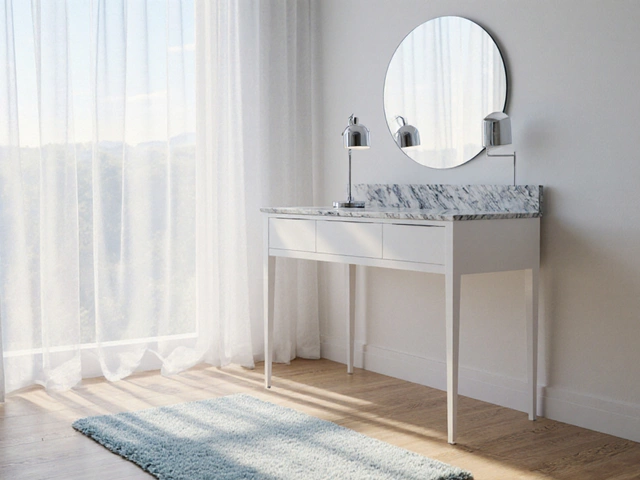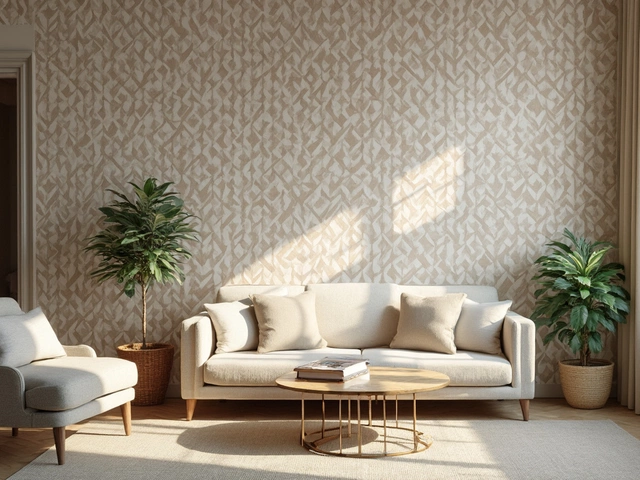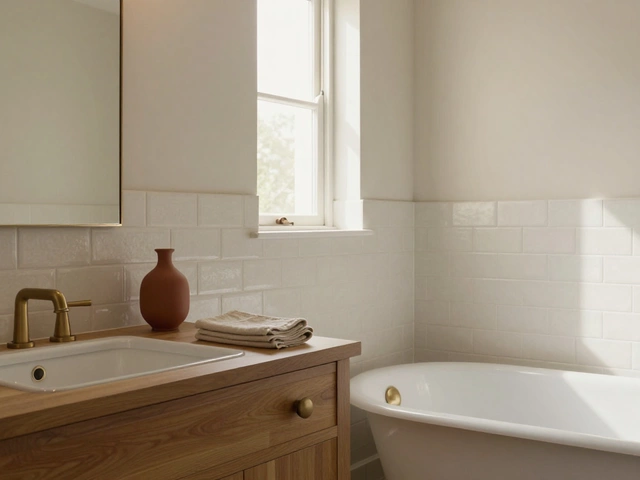Interior Design: Ideas, Guides & Career Tips
Welcome to the place where you can find everything you need to make your home look great and learn how to turn that love for design into a real job. Whether you are picking paint colors for a single room or planning a whole house makeover, we’ve got short, practical advice you can use right away.
Getting Started with Interior Design
First things first – find your style. Look at magazines, scroll through Instagram, or visit a showroom and note what catches your eye. Once you have a vibe, write down the key colors, textures, and shapes that define it. This simple list becomes your roadmap and prevents you from buying random pieces that don’t fit.
Next, measure the space. It sounds basic, but many mistakes happen because people skip this step. A tape measure, a notepad, and a quick sketch of the room will show you where furniture can fit, how much wall you have for art, and whether you need a larger sofa or a slimmer coffee table. The 80% rule for wall art is a handy shortcut: aim to cover about 80% of the wall area with artwork, leaving space around it so the room breathes.
Choosing paint colors is another big decision. Light, neutral tones make a room feel bigger, while bold hues add drama. Think about the amount of natural light – a sunny room can handle darker shades, a dim one benefits from lighter paints. If you’re unsure, test a small patch first.
Don’t forget the math behind the design. Simple calculations for spacing, proportion, and scale keep everything balanced. For example, a common rule is to leave at least 18 inches of clearance around a dining table for chairs to move comfortably.
Turning Passion into a Design Career
If you love rearranging pillows and picking colors, a career in interior design might be the next step. Start by building a solid foundation – a short course or an apprenticeship gives you the basics of space planning, lighting, and building codes.
Qualifications matter, but experience talks louder. Offer to help friends with a room refresh, volunteer for community projects, or create mock‑up designs for a local café. Each project adds to your portfolio, which is your most powerful marketing tool.
Understanding the difference between a home designer and an interior designer can also shape your path. Home designers focus on the building’s structure, while interior designers fine‑tune the look and usability of each room. Knowing where you fit helps you target the right jobs and clients.
When you’re ready, think about specialization. Luxury curtain hanging, sustainable design, or commercial spaces can set you apart. Master’s programs dive deep into theory and research, but they cost time and money. Ask yourself if the extra credential will open doors in your market before you enroll.
Salary in interior design varies. Location, niche, and experience are the big drivers. Many designers boost income by offering consulting, selling custom furniture, or teaching workshops. Building a strong personal brand online can attract higher‑paying clients.
Lastly, keep learning. Trends shift fast – from the rise of biophilic design to new smart‑home tech. Stay curious, test new ideas in your own home, and share what works. That’s how you keep your designs fresh and your career moving forward.
Ready to start a project or a new career? Grab a notebook, measure your space, and take the first step. Your interior design story begins now.

